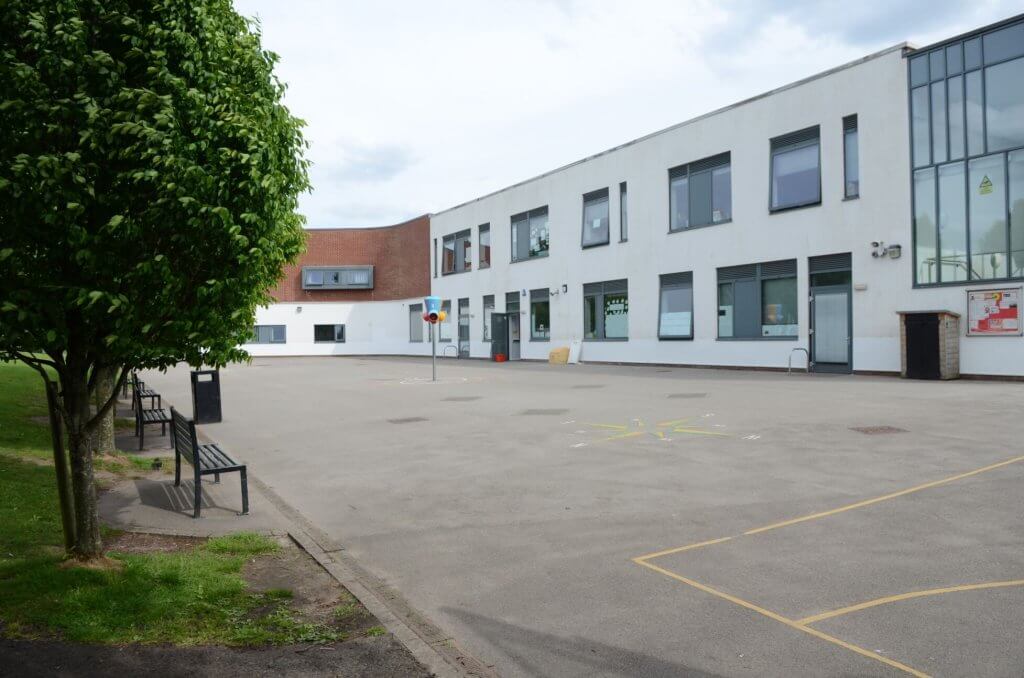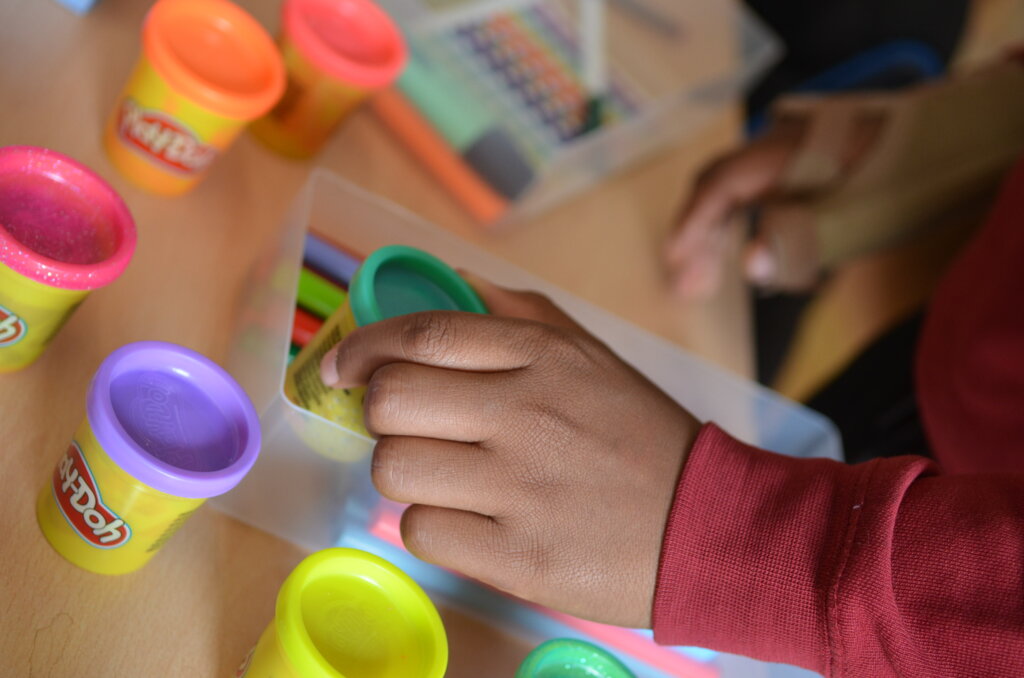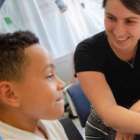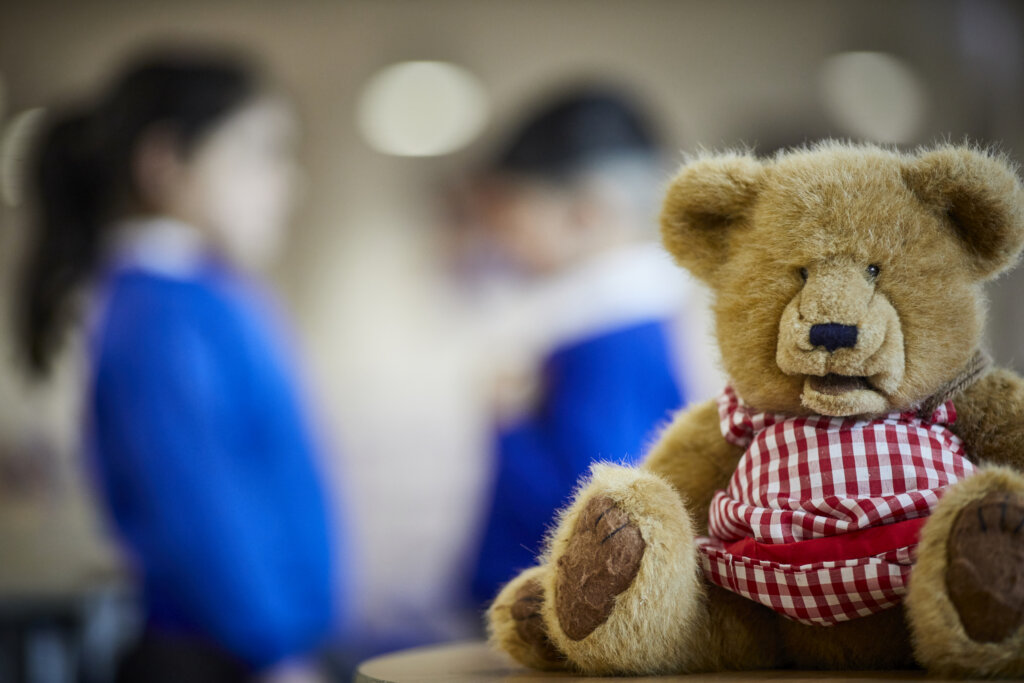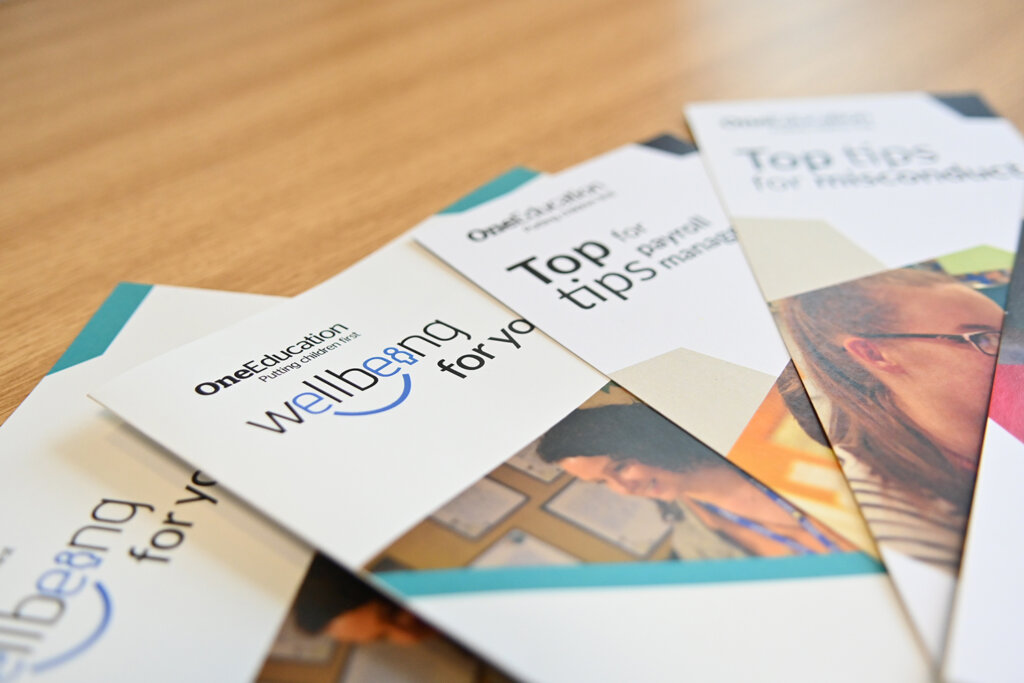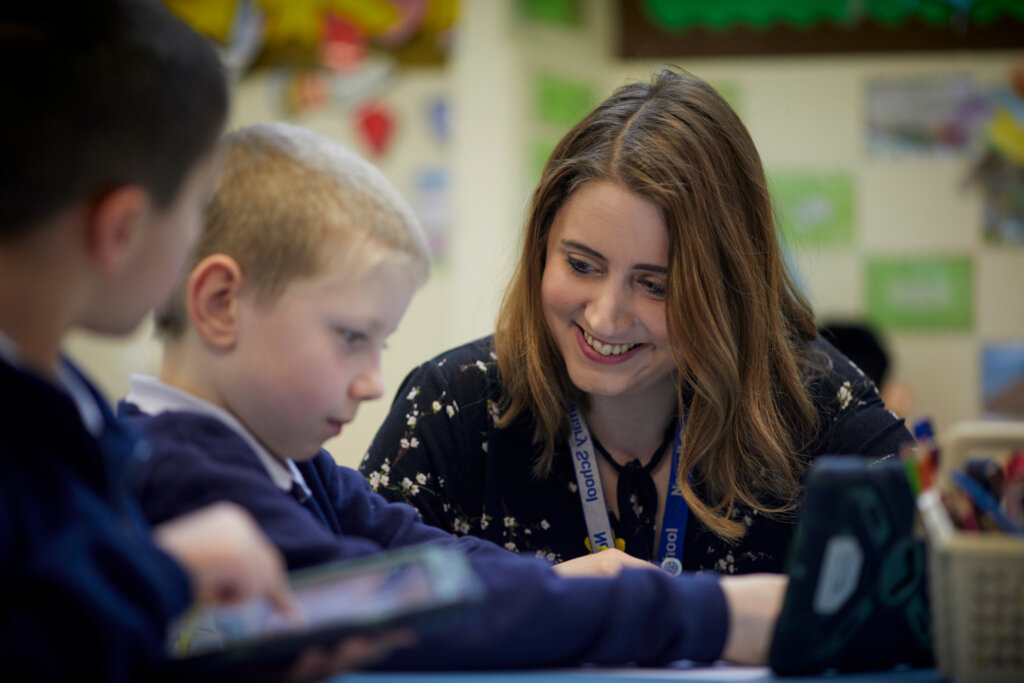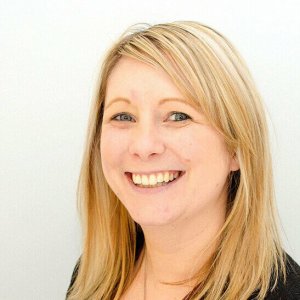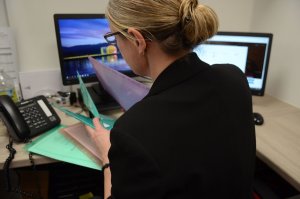With the new OFSTED framework to be implemented at the start of this academic year, the curriculum has become a big talking point within the education community. Many schools already have a curriculum personalised to the needs of the children and the school community; they agree with the changes by OFSTED in the hope that the shift away from data will allow their school to be recognised for the inspirational learning that takes place.
Some schools are using the new Education Inspection Framework (EIF) as an opportunity to redevelop their curriculum, ensuring that they keep hold of those parts of their curriculum that already work well. Whether you already have a successful, established curriculum that suits the needs of your children or you need to reassess and re-develop your curriculum for your children and its community; the changes within the EIF should be welcomed. Amanda Spielman seems to be making steps in the right direction for schools and their communities, keeping children at the heart of the decisions.
Before I continue, we should note that any changes you make for your curriculum should not be for the benefit of Ofsted. Ofsted themselves have said that they do not expect to see an ‘Ofsted ready’ curriculum (Busting the ‘intent’ myth); they do not advocate any particular curriculum model. A school may choose to ensure that its curriculum incorporates a particular ethos or inculcates certain dispositions. Inspectors will be interested in these plans. But at its heart, intent is about the ‘substance of education’
The new OFSTED framework should not be seen as a tick list exercise in changing your curriculum. Turning it into a tick list exercise is far removed from reviewing your current curriculum – which I would suggest is a regular school improvement priority.
Download a free curriculum audit to support your review process here. You may find there are only a few changes you would like to make to your curriculum, others may find themselves re-evaluating their whole curriculum in order to ensure that they are educating the whole person and equipping children to be global citizens in the 21st century.
What is essential to every school though, is to ensure that the curriculum hasn’t become so narrowed over the past few years due to external pressures that it has been replaced with an exam factory. As Tom Sherrington states in The Learning Rainforest, “Knowledge is key in a curriculum but so too is the ability to develop capacity to question and challenge, to engage in dialect of the trivium*, to contribute to debate and conversation.”
These are skills which are crucial in life; they are not assessed by exams, but are those that help to become a learner.
This can be difficult for Senior Leaders due to the accountability measures within education – it seems that, other than when children are in the EYFS, the system we are in does not measure skills concerned with emotions. In his book, A Manifesto for Excellence in Schools, Rob Carpenter explores why the ‘cognitive learning domain’ is prioritised over the ‘affective learning domain’.
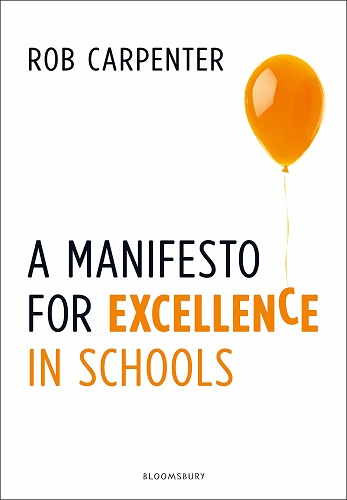
He explains that “we prioritise the cognitive domain as the standard measure to define learning…the well-established structure of testing and assessing pupils is also founded on these principles.” Conversely, the ‘affective learning domain’ is more concerned “with feelings, motives or emotions…it necessitates a framework for teaching that goes beyond surface-level reproducing learning or teaching children to pass tests.” Carpenter explains that it takes a brave headteacher to build a learning philosophy around the affective learning domain because it is a long term fix, rather than one that gives the best scores in an exam. The book itself is worth reading as I couldn’t possibly do it enough justice within the content of just one blog. Rob gives a raw, honest and real account of school improvement (including hiding under a table in one of the classrooms when Ofsted were in!) The book explores the many different components that are needed to make a school curriculum effective, and at the heart of it is the importance of relationships and the need for collaboration between children, staff and the whole school community.
I am passionate about ensuring curriculum planning is specific to the needs of the children, staff, parents and school community. It is something that should include all key stakeholders within the development of a curriculum, and should not be done in isolation. It is unlikely to meet the needs of the school if done by one person at a desk (who would be no doubt drinking copious amounts of coffee and surrounded by a ridiculous amount of post it notes trying to keep track of what every year does and doesn’t do).
One of the greatest pleasures of curriculum planning is ensuring that all learning is connected from the start of the school journey until the end whilst remembering that it is not just about the subject content of the national curriculum. The National Curriculum itself, states:
“3.2 The national curriculum is just one element in the education of every child. There is time and space in the school day and in each week, term and year to range beyond the national curriculum specifications. The national curriculum provides an outline of core knowledge around which teachers can develop exciting and stimulating lessons to promote the development of pupils’ knowledge, understanding and skills as part of the wider school curriculum.”
When designing our curriculums we must ensure that we take them further than just covering the knowledge that the National Curriculum expects. We need to help our children to make links; to develop curiosity; open up worlds that would otherwise remain closed and help to build skills in every child so that they become lifelong learners. A great school curriculum is more than just a set of objectives lifted from a document produced by the government.
Karl Duke, the headteacher at Blyton cum Laughton Church of England School in Lincolnshire often blogs about how he developed his school curriculum using books as the links to inspire and motivate learners on his website. Karl explains that he loves “sitting down with a colleague to map out a term’s learning using a book” and “this has opened their eyes to the possibilities available to them and added a tool to their teacher toolkit.” The impact for this in Karl’s school was clear: “After six months, we [were] seeing children engaged with books, increasingly willing to pick up a book and – this possibly gives me the most pleasure- we have developed each child’s thinking around books.” The entire curriculum at his school is built around a love of books, helping children to see, and make links, within their learning.
His passion for books being at the heart of the curriculum is something that we at One Education whole heartedly agree with. As Tom Sherrington explores, “Possibly the greatest thing a teacher can do is to introduce students to wondrous worlds beyond the limited borders of their own experience, to allow them to see the previously unseen and to make new and enriching connections…”
Books are a way in for many children and we have seen this work extremely well within schools that we work with. To do this successfully the links used within the books need to be natural and not forced. Take, for example, Vashti Hardy‘s debut novel Brightstorm.
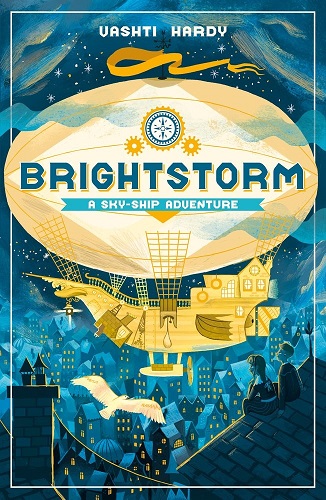
The book’s main characters are the twins, Maudie and Arthur, who find out that their father, an intrepid – yet not truly accepted – explorer has not returned from his sky-ship adventure to South Polaris, the furthest known point of existence. The siblings become homeless after members of the Geographical Society decide that their father also broke the explorer code. They decide that, despite Arthur’s disability, the two siblings would endure their own expedition to South Polaris.
The book, most suited for upper KS2, offers many links to the National Curriculum (and that’s without mentioning the many literacy opportunities that the book presents, such as: newspaper reports, diaries, letters, information texts, recipes, instructions to name a few!) The book would be a great starting point for learning about famous explorers in History; it would link to exploring the Antarctic and map work in Geography. There would also be links to Maths, Science and Technology through conversations about the design of air ships. What’s more, Arthur’s disability and how he tries not to let it hold him back, or Maudie’s ambition to become an engineer may offer inspiration to many children.
In planning this as part of the curriculum, teachers would need to know what knowledge had been taught in previous years in order to ensure links were strong. Had, for example, previous years discussed any famous explorers or had they looked at animals who live in the Arctic or Antarctica. It is important that curriculum planning is not done in isolation so that a school can ensure learning builds upon learning. Hooking new knowledge onto prior knowledge is so important in order for children to make connections and embed their learning. For example, a great link to this book would be Sky Song by Abi Elphinstone for exploring the winter conditions, or Cogheart by Peter Bunzl for exploring skyships. Before doing this, however, these links would have to be made in different ways if, in the previous year, the class had already explored the books, as opposed to if they hadn’t read them. There would also be the need to not to make tenuous links; the time period that the book is set in is not specific. Therefore, to use the book as account of what it was like in the Victorian times for children who were homeless, for example, would be a forced link and could hinder children’s learning of the Victorians. Many of our Literacy blogs explore further how books can be used to create links to learning throughout the curriculum.
There is so much to be discussed and discovered within curriculum planning that one blog could not explore it all in detail. The references at the end of this blog are definitely my recommended go to for more information. In addition to this, One Education’s fourth Literacy Conference, on 9th October will explore all this and more with keynote speeches from Rob Carpenter, Karl Duke and Vashti Hardy, along with many workshops exploring the importance of an effective, well planned curriculum. To book your place at our earlybird rate, please visit our event page.
I would also suggest you join twitter’s education community (#edutwitter) if you haven’t done so already and follow the keynote speakers mentioned in this blog: @carpenter_rob @dukeskywalker and @vashti_hardy.
For further support with your curriculum please contact the School Development team at One Education and follow @OEschooldevelop on twitter.
*‘The three ways of the Trivium-knowing, questioning and communicating – has come together as the basis of a great education.’ Trivium 21c by Martin Robinson
Further Reading and References…
A Manifesto for Excellence in Schools by Rob Carpenter
The Learning Rainforest by Tom Sherrington
Trivium 21c by Martin Robinson
Brightstorm by Vashti Hardy
Please get in touch or visit our literacy section for more information.
